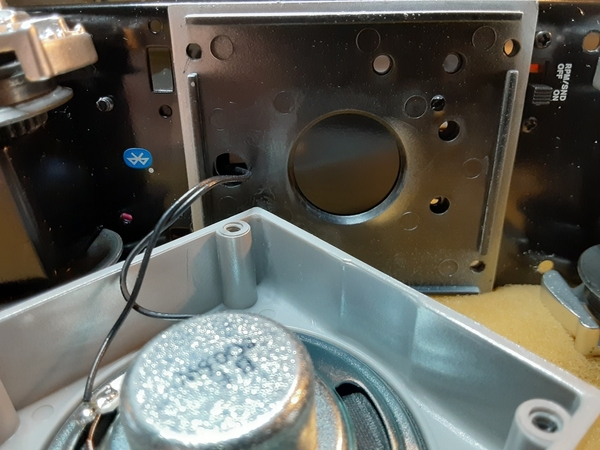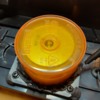LionChief 0-8-0 too quiet, barely audible especially with 2nd loco especially on FasTrack.
Tender barely has enough headroom for a baffle. I made one anyway and drilled a few extra speaker holes in the bottom because Lionel mounted the speaker off center from the grill holes.
Barely a difference in volume.
I have a 30mm 8 ohm speaker which I could mount up inside of the coal load facing upward. Small holes drilled in the black coal load are not noticeable. I have confirmed this with an HO installation I did a few months ago. I want to hook this up in parallel to the existing 8 ohm speaker.
What I don't know is if the resulting 4 ohm load will damage the LionChief circuit board.
Anyone know?
Thanks,
John












